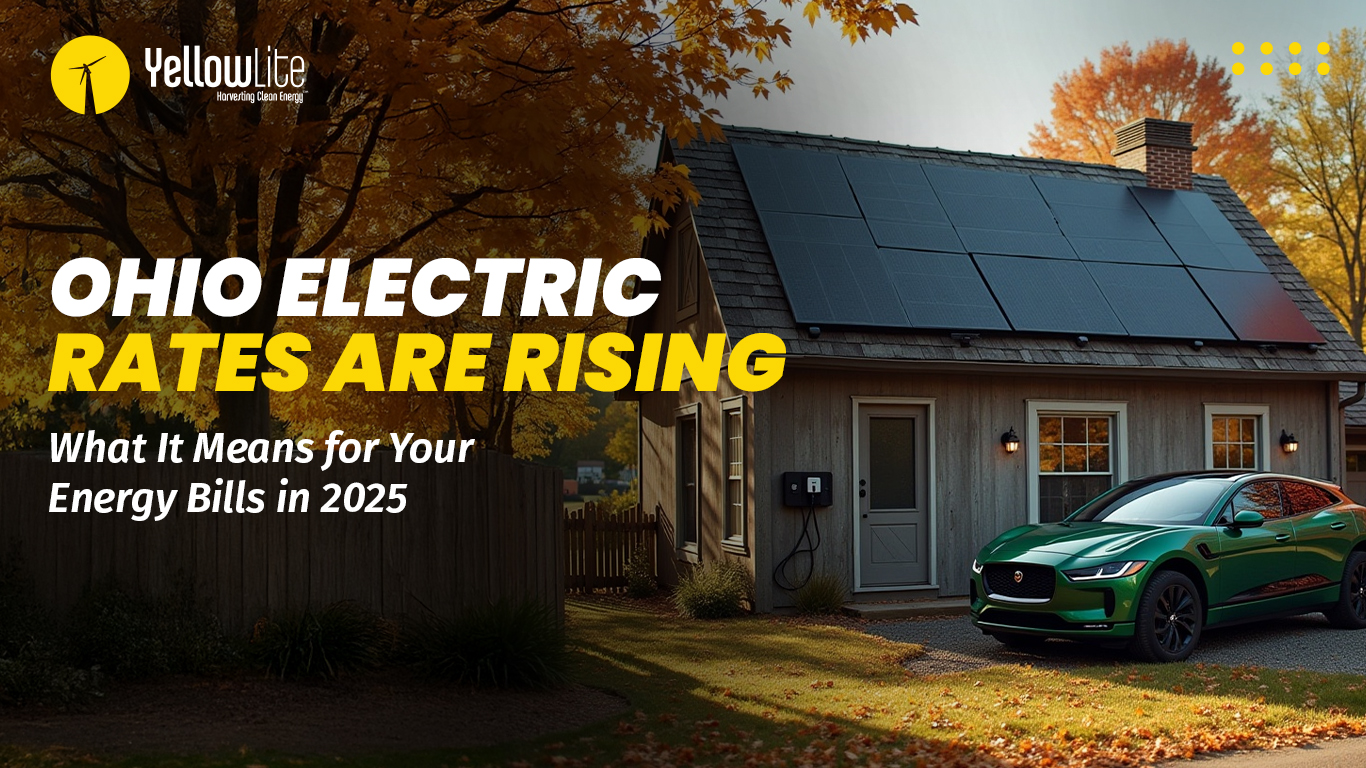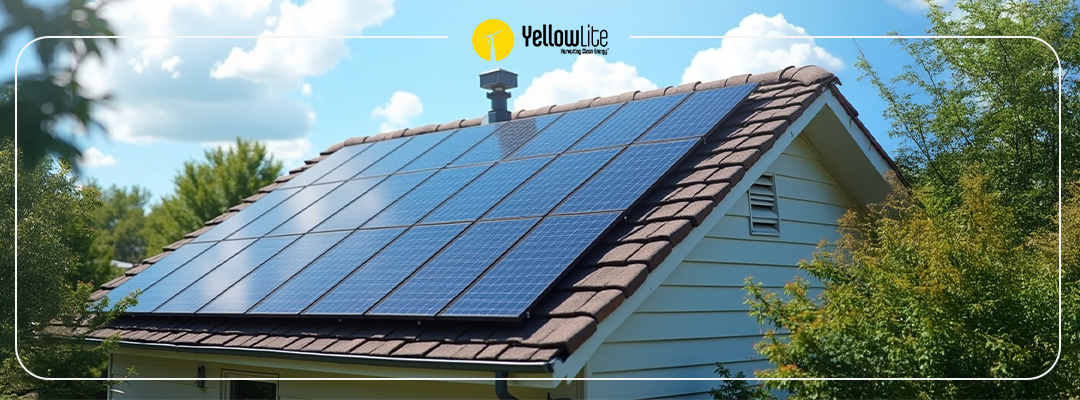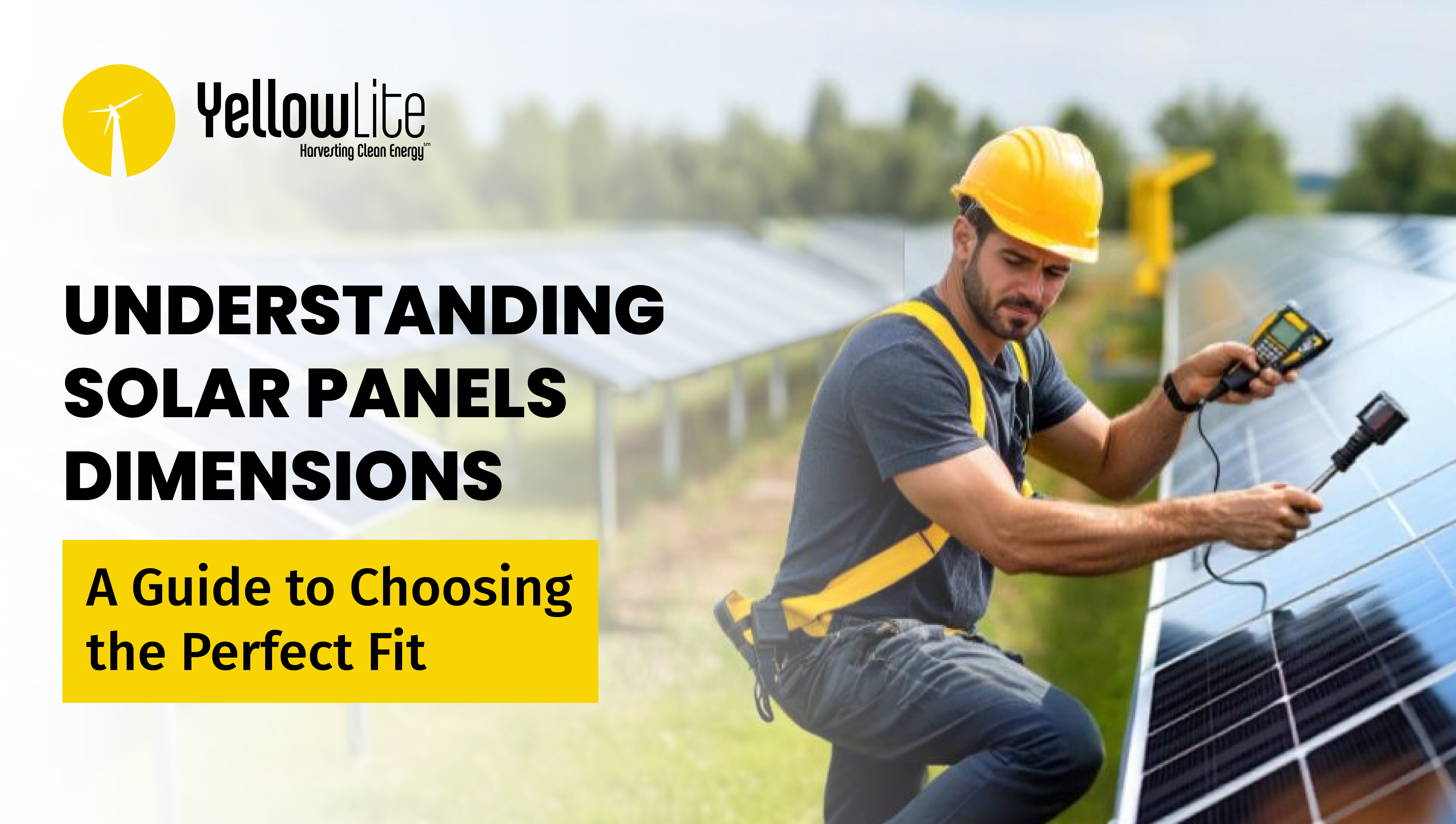First, What is a Solar Inverter and Why is it Needed?
A solar or photovoltaic (PV) inverter is the major component of a solar energy system whose function is to convert the Direct Current (DC) output from the solar panel into Alternating Current (AC) for utility. The electricity generated by solar panels is in DC, which cannot be used for home appliances. This is where the inverter steps in. The inverter changes DC into AC to provide energy for home appliances.
Types of inverters
Selecting the correct type of solar inverter for your solar array is a crucial decision. Buyers need to be mindful of the differences between various types of inverters and what type suits them best. A wrong inverter selection will compromise the solar system's performance, with a very high cost-per-watt on top of it.
There are three types of inverters in the market: String Inverters, Micro inverters, and power Optimizers. Let’s dive into each one, how they work, and the benefits and drawbacks of each inverter option.
String Inverter
In a string inverter, DC power from solar panels is routed to a single central unit in a series circuit to be converted into AC voltage. These inverters are dependable and have durable components with a typical lifespan of 12-15 years. String inverters are also the most affordable inverter option available in the residential or commercial market. Due to their design style, all panels are interconnected in a series and a partial shade or blockage on a single panel will decrease the performance of the whole string inverter. This means that if a single solar panel is covered with leaves, snow, or tree shade and its output is decreased to 50 percent, the string inverter will shift the performance of all solar panels to match the minimum energy-producing panel. Fault in a single panel will affect the entire string.
String inverters are usually not recommended in places where there are alternative tree shades, or some solar panels are mounted facing the other direction. For instance, in the US major sunlight is received from the south. If the string of panels is split on the roof with half facing south and the others facing east, the inverter will drop the output to the lowest level of panels on the east. String inverters are recommended when all panels will be facing the same direction with no partial shade.
String Inverters have the capacity of managing 12 to 24 solar panels at a time, but expansion at a later stage is a difficult and expensive job. A whole new and separate setup would be required. In case of any reason, if a single solar panel is damaged, the whole system will shutdown. There is no panel-level monitoring available in standard string inverters.
Micro Inverter
The micro inverter performs the same function as the string inverter except micro inverters are small in size and are installed underneath each solar panel. A typical micro inverter solar installation will have the same number of micro inverters as solar panels (for example, if you have 10 solar panels in most cases you would have 10 micro inverters). In this setup, DC power from the solar panel is individually converted into AC electricity right underneath the solar panel. The size of a micro inverter is the same as the size of an internet router.
What makes micro inverters unique and popular in the emerging solar market is that there are no chances of performance drop. If leaves or tree shade covers a single solar panel, it will not affect the performance of other panels. Power from each panel is separately converted and added into the utility grid. Micro inverters’ high costs are the only downside of this technology. They have an average lifespan of 15-25 years, which is substantially more than string inverters. A micro inverter setup’s upfront cost can sometimes be 50% more as compared to string inverters.
Unlike string inverters, the micro inverters have the built-in rapid shutdown capability, which is required in emergency cases and also necessary in many States. Besides, micro inverters also allow panel-level monitoring, enabling users to know the performance of individual panels.
As the energy conversion is done individually at each panel level, there is no restriction on placing the panels together. If the space is limited, the solar panels can be mounted at different places and different angles. Plus, expansion at a later stage is also comparatively easy.
Power Optimizer
Like micro inverters, power optimizers are also small devices installed at each solar panel, but instead of converting DC energy into AC at the solar panel, the optimizer conditions and routes the energy to a central string inverter. It is important to note that power optimizers are not inverters. As the name suggests, it optimizes the energy produced by an individual solar panel and route its DC power individually to the inverter.
Power optimizers can be considered as an upgrade option for string inverters. All the downsides of string inverters are covered in power optimizers. If a certain solar panel is underperforming due to some cloud or tree shade, it will not affect the performance of other panels. Besides, it also has the functionality of individual panel-level monitoring to know the low performing culprit.
Verdict
It is very important to understand that each inverter option has its benefits and drawbacks depending on the situation. String inverters have comparatively low initial installation costs with fewer maintenance expenses. Micro inverters have easy expansion options and a more detailed wiring design for better system insight. Power optimizers have the best of both worlds, its cost per watt is similar to string inverters and performance is near to micro inverters.
Solar experts at YellowLite have extensive on-hands knowledge and experience with all types of inverters. We inspect, design, and install solar energy systems to suit the need of individual customers.
If you are still unsure about which solar system to opt for, contact us today and our Solar experts will help you get the most suitable solar system according to your energy consumption, property size, and more.
Call us at 216-333-1364
Email us on https://www.yellowlite.com/contact-us/



